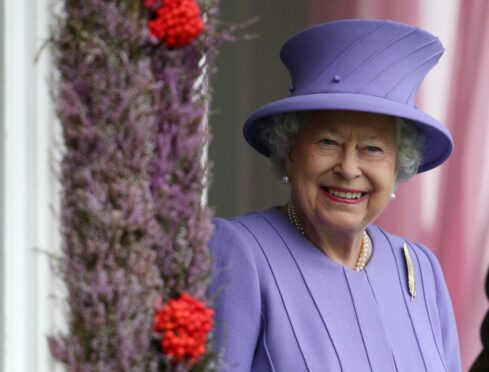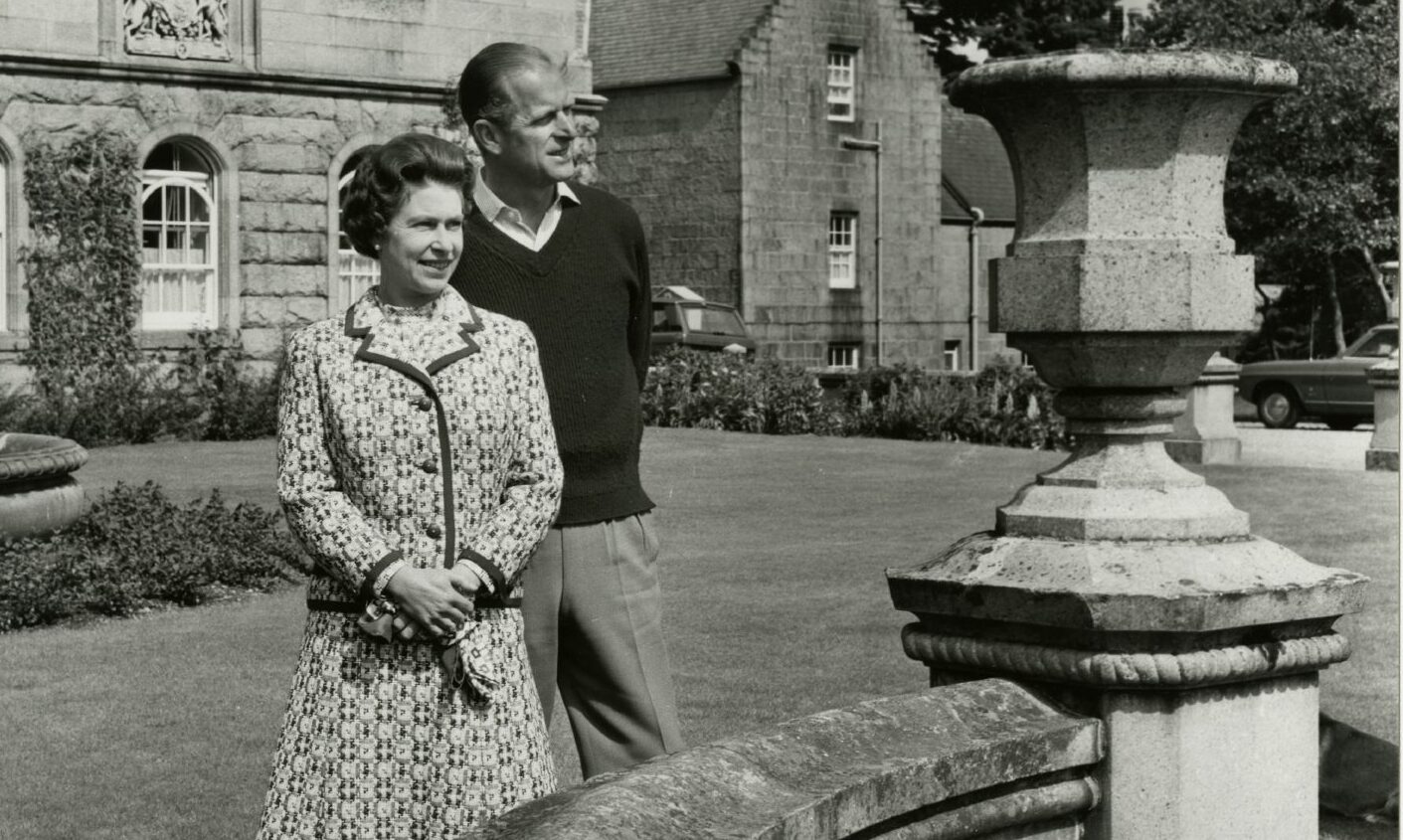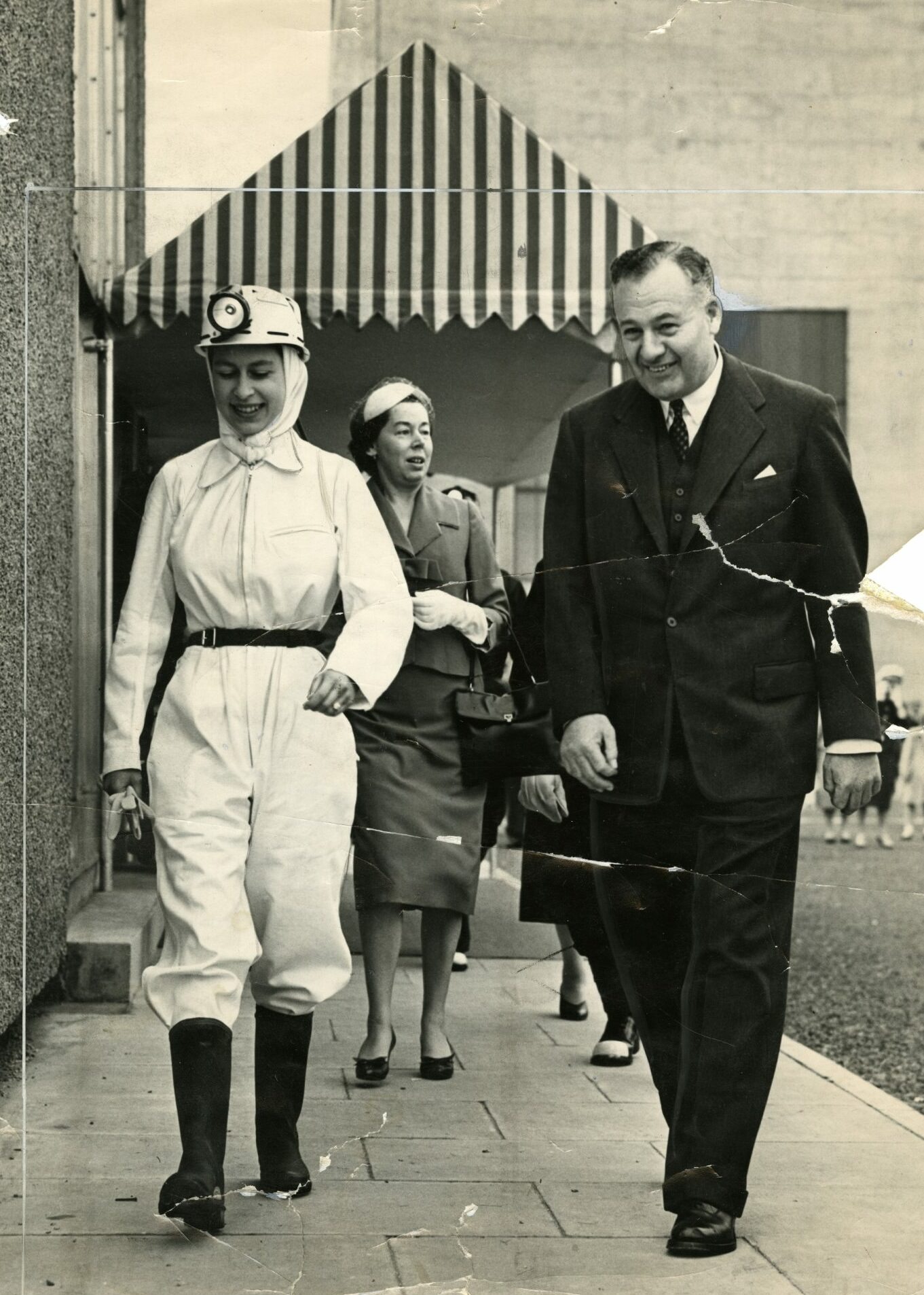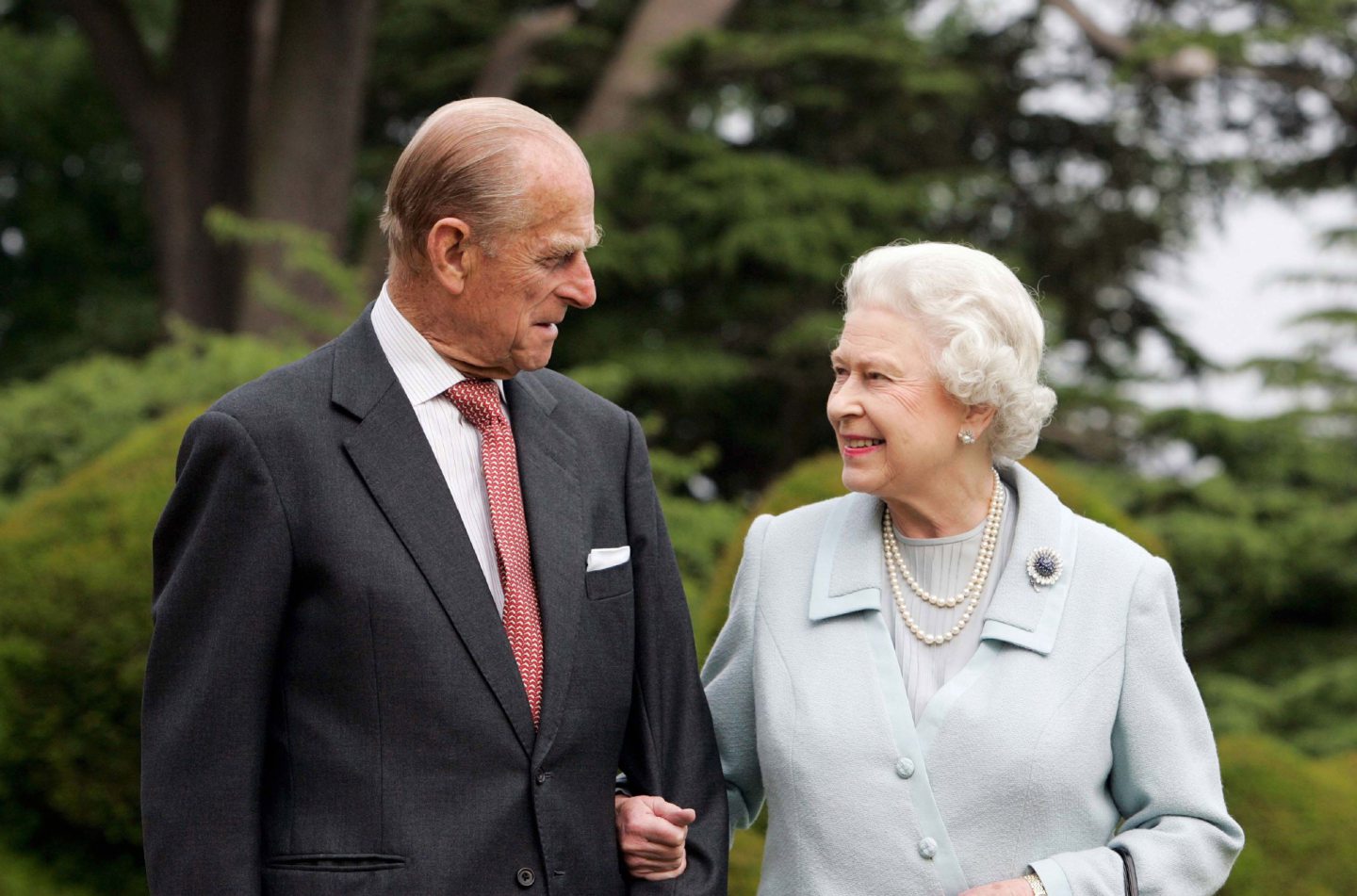There’s nobody alive in Britain today who hasn’t grown up with the Queen as a constant factor in a challenging, often storm-tossed world.
Whether you are eight or nine or in your 80s or 90s, the monarch’s life has spanned wars and turbulence, tragedies and triumphs, almost from the time the young Princess Elizabeth and her sister Margaret joined the celebratory throng in London at the end of the Second World War and showed a glimpse of the humanity behind the throne.
Everybody has their own memories, whether it’s watching the pictures of the young Queen at her Coronation, steadfastly promising to do her duty, or her reaction to the often cataclysmic events which surrounded her reign: a period which stretched from food rationing to the Swinging Sixties and the space race, and from man walking on the Moon to the Silver Jubilee in 1977 and the Cold War in the following decade.
This was a woman who dealt with 15 different Prime Ministers, from Winston Churchill through to Liz Truss whom she met just a few days before her death, aged 96. This was a woman who held her country together in the best and worst of times, who was a rock-like presence at the core of whatever political or social upheaval might be occurring.
Royalists and republicans might have had their differences, but the Queen often transcended any arguments just by being an anchor in storm-tossed waters. She travelled belatedly to Aberfan in Wales in 1966 – the scene of an appalling mining disaster which killed 144 people, most of them children aged between seven and 10 – and shed tears at what she witnessed there and it was something she never forgot.
Even 50 years later in 2016, the Queen sent a message to the community in the little Welsh village, in which she said: “I well remember my own visit with Prince Philip after the disaster, and the posy I was given by a young girl, which bore the heart-breaking inscription: ‘From the remaining children of Aberfan.’
“Since then, we have returned on several occasions and have always been deeply impressed by the remarkable fortitude, dignity and indomitable spirit that characterises the people of this village and the surrounding valleys.”
Although a veil of tristesse enveloped the nation when the news of her passing was confirmed, it was in some respects, appropriate that she should leave us at Balmoral, one of the few places in her world where she could enjoy her privacy and enjoy life as a mother, a grandmother and a wife to Philip, her consort of more than 70 years.
There was never any standing on ceremony during these occasions – Tony Blair revealed how Her Majesty enjoyed doing the washing up and preparing a barbecue – and that freedom has been one of the reasons why the Queen felt able to unwind in Caledonia.
She was not a fan of fawning sycophancy or grovelling tributes, but when offered the opportunity to celebrate the achievements of youngsters and people from all ages and backgrounds with an interest in grassroots projects and boosting their communities, particularly in rural areas, she spoke to them from the heart – and appreciated that anything she communicated would remain a secret forever.
That was evident when she visited Perth or St Andrews, Dundee or Aberdeen or was allowed the opportunity to return to be beloved Deeside, where her death will be felt as deeply as anywhere, considering the many friends she met since the 1950s.
It was never the gala occasions which commanded her full attention, but the more intimate meetings with her compatriots which fascinated her.
That was evident in 1958 when Elizabeth became the first reigning monarch since George V in 1912 to go into a working pit at Rothes Colliery – despite the superstition stating that it was unlucky for a woman to do so.
Pathe News followed the visit to the now-defunct mine and described her outfit – a white boiler suit and Wellington boots – as “glamorous”.
One suspects the Queen would have detested that description, because she wanted to find out more about the lives of those who toiled underground. Hence her choice of apparel, which was practical, and not designed for a fashion shoot.
Throughout her long reign, there have been many things to celebrate, but also myriad tragedies, both global and personal, to circumnavigate.
The sight of her sitting alone in Westminster Abbey, mourning her husband last year in the midst of the Covid pandemic, became an enduring image in demonstrating her determination not to be given any special treatment as myriad other families grieved loved ones across the country on a virtual basis. It was a haunting reminder that, despite her privilege and stature, she was mortal, she was flesh and blood.
In the aftermath of losing her husband, she returned to Deeside and sought solace in a place she regarded as being very close to heaven on earth.
As her one-time nanny Marion Crawford wrote of the Queen and her sister Margaret: “Their annual trip to Balmoral was the highlight of their tightly controlled lives. They looked forward to it all the year round.
“It tended to be the chief landmark in their calendar. Things were apt to date from: ‘Before we went to Scotland’ or ‘When we got back from Scotland’.
“At Balmoral, the princesses enjoyed the simple pleasures of a country childhood. The family would play charades and sing Scottish ditties. There were pony rides and picnics at small cottages, where the Queen Mother would gamely cut up onions to fry.
“At tea, there were shrimps, hot sausage, rolls, scones, and those various sorts of griddle cakes known in Scotland as baps and bannocks. At night, after dinner, seven pipers in their kilts and sporrans would walk playing through the hall and the dining room….Lilibet loved this nightly ceremony and was usually waiting to peep over the stairs at the seven stalwart pipers going by.”
That magic spell never diminished. If anything, it grew in intensity. Following their wedding in November 1947, Elizabeth and Philip spent part of their honeymoon at Birkhall, a country home on the Balmoral estate (which is now occupied by Prince Charles and Camilla). Snowed in and remote from the outside world, the future monarch wrote to her mother about a happy day with Philip and her corgis.
She said: “It’s heaven up here. Philip is reading full length on the sofa, Susan is stretched out before the fire, Rummy is fast asleep in his box by the fire, and I am busy writing this in one of the armchairs near the fire (you see how important the fire is!)”
There will be many tears and tributes in the days ahead, because, whatever your political affiliation, whatever your background and wherever you live, the Queen has been such an all-pervasive figure in the world it’s difficult to imagine life without her.
“You just hibernate,” she once said of her Balmoral sojourns. “It is rather nice to hibernate when one leads such a movable life. To be able to sleep in the same bed for six weeks is a nice change. And you can go out for miles and never see anybody. There are endless possibilities.”
RIP, Ma’am.




Conversation